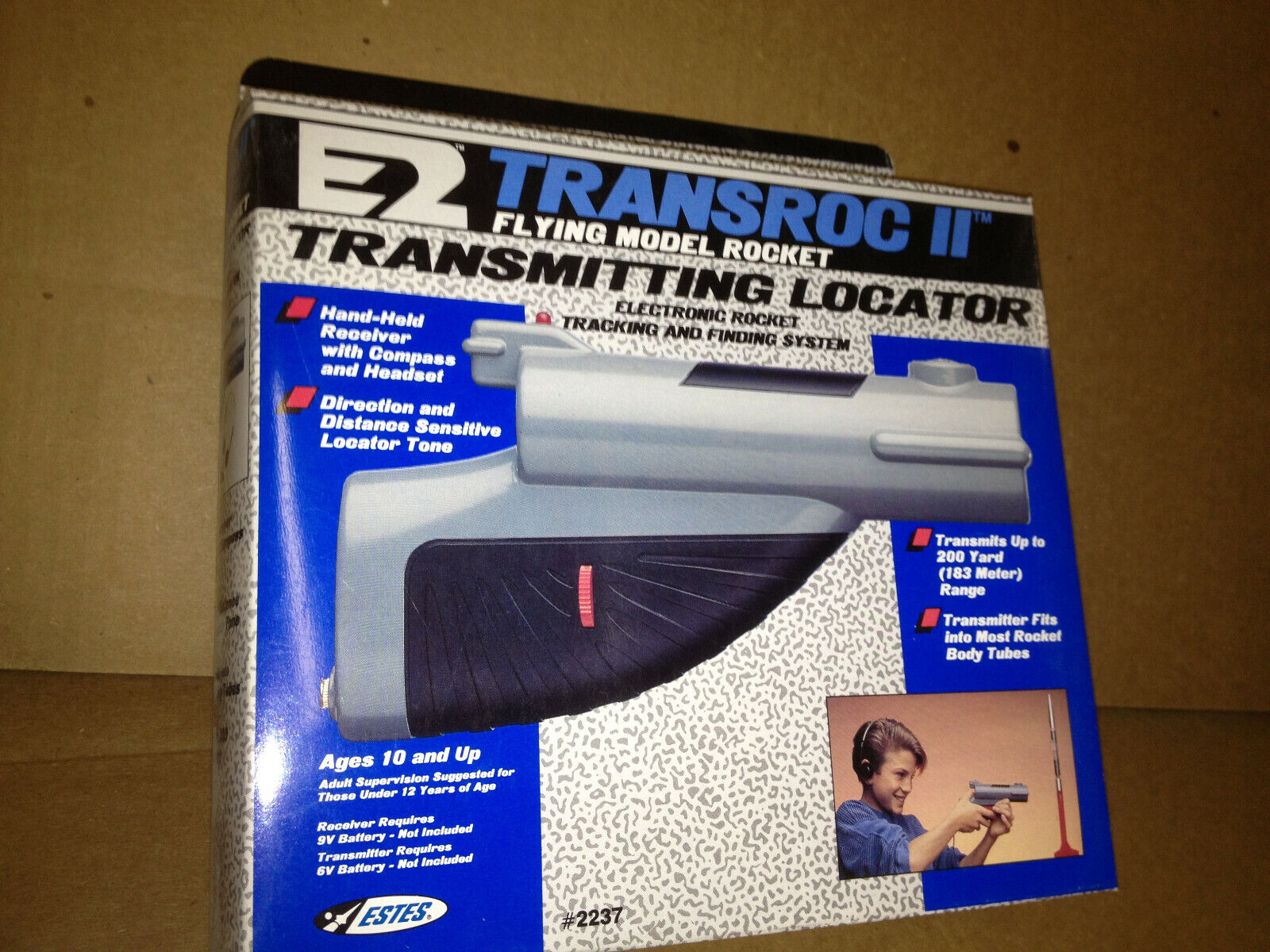I was able to stick a zip tie threw the clear heat shrink and use a fishing snap for attachment onto the recovery harness.
I then soldered up the charge/trigger harness, using the red for power, 7.2v for charging and 3.7v for trigger. And black for ground.
It just takes a quick connect/ disconnect of the 1s battery that puts the unit into recovery mode.
Having the photo sensor onboard should turn into a flashing blue light until apogee or main event then turn into the 100db noise maker it is. Needless to say if there is a failure to separate then it will remain silent and be of no help finding the lawn dart.
I am waiting for a warmer not cloudy day to go launch a few rockets now that the lakes have frozen over and test this thing out.
~John
I then soldered up the charge/trigger harness, using the red for power, 7.2v for charging and 3.7v for trigger. And black for ground.
It just takes a quick connect/ disconnect of the 1s battery that puts the unit into recovery mode.
Having the photo sensor onboard should turn into a flashing blue light until apogee or main event then turn into the 100db noise maker it is. Needless to say if there is a failure to separate then it will remain silent and be of no help finding the lawn dart.
I am waiting for a warmer not cloudy day to go launch a few rockets now that the lakes have frozen over and test this thing out.
~John








